Greenland glacier at record speed
I have been working on a story about whether the Arctic infrastructure would be able to cope with a shipping or oil spill accident, which is increasingly likely to occur as development speeds ahead. During the Arctic Frontiers conference in Tromso, I attended an interesting workshop on the topic, where the organisers, the Arctic Institute Center for Circumpolar Security Studies, came to what their experts describe as “worrisome” conclusions. Malte Humpert, Kathrin Keil and Marc Jacobsen presented three incident scenarios involving shipping and oil exploration in the Arctic. Jacobsen’s scenario involved a giant cruise boat with 3000 people on board hitting an iceberg off the West Greenland Coast, near Ilulissat.
In 2009 I was in Ilulissat, working on radio features on climate change in Greenland. This is the Greenland of the tourist brochures, with a constantly changing panorama of icebergs floating past your hotel window – or porthole if you are on a ship. While I was there, the fragility of that beautiful glacier ice was brought home to me.
The Sermeq Kujalleq glacier, also still known by its Danish name “Jakobshavn Isbrae”, is the fastest flowing glacier in Greenland (or Antarctica, these two major ice sources being of key importance to global sea level). The icebergs which create the spectacle floating past the brightly coloured houses of Ilulissat, are breaking off from the glacier. Beautiful to look at, extremely worrying if you think about the background. Back in 2009, scientists were already telling me the glacier was speeding up. Now the latest research published in The Cryosphere (the journal of the European Geosciences Union) confirms that the summer flow of the ice mass has reached a record speed. The scientists, from the University of Washington in Seattle and the German Aerospace Center DLR, say the speeding up in 2013 was 30 to 50 percent higher than previous summers. The scientists analysed satellite images taken every 11 days from early 2009 to spring 2013. Satellite technology plays a key role in observing the ice. Two German radar satellites TerraSAR-X und TanDEM-X provide high resolution data that facilitates precise calculations, according to DLR. One of the authors, Dana Floricioiu from the DLR Earth Observation Center in Oberpfaffenhofen, told journalists it had been striking to see how much the glacier was changing within a very short time.
The researchers found that the glacier’s average speed peaked at 46 metres per day during the summer of 2012. This is the fastest ever recorded for a glacier in Greenland or Antarctica. The big surges take place in summer, but the researchers say the average annual speed of the glacier over the last two years is almost three times what was measured in the 1990s. It is retreating by around 17 kilometres per year. The scientists say these speeds were achieved “as the glacier terminus appears to have retreated to the bottom of an over-deepened basin with a depth of around 1300 m below sea level. The terminus is likely to reach the deepest section of the trough within a few decades, after which it could rapidly retreat to the shallower regions some 50 km farther upstream, potentially by the end of this century”.
The huge volume of ice going into the sea from the Sermeq Kujalleq glacier is already influencing sea level. The glacier drains around 6 percent of the massive Greenland ice sheet Scientists estimate it added about 1 millimetre to global sea levels from 2000 to 2010. The increased speed of the discharge will exacerbate this further.Badnews for people in low-lying coastal areas around the globe. And this is not the only Greenland glacier melting increasingly.
Coming back to the subject of disaster-preparedness – this glacier is thought to be the source of the iceberg that sank the Titanic in 1912. The Arctic Institute’s scenario indicates that an accident like the “Costa Concordia”, which happened in an easily accessible region with no ice or dangerous weather conditions, would have devastating consequences if it happened, say, off the coast of Ilulissat. Search and rescue, accommodation and medical treatment, lack of transport facilities, poor communications infrastructure, no adequate oil spill response technology for icy waters…. food for thought for companies looking to profit from the changing climate of the Arctic – and the governments that should be responsible for protecting humans, wildlife and that beautiful but fragile Arctic ecosystem.
Oil, Industry and Arctic Sustainability
I arrived at the university campus for Arctic Frontiers this morning to find a row of young people waiting to welcome the Norwegian Prime Minister Erna Solberg with a banner protesting against fossil fuel drilling in the Arctic. Ingrid Skjoldvaer, the deputy leader of Norway’s biggest youth environment organisation told me they want the prime minister to stop Arctic drilling in Norwegian seas and be serious about cutting emissions and taking their climate goals seriously. She knows it brings in a lot of revenue, but says we need to start a transition now for a future with renewables. WWF’s Nina Jensen told me she thinks there is a growing awareness in Norway of the link between fossil fuel emissions and the climate change that is affecting the Arctic so dramatically.
No future without Arctic oil?
In her address to the conference, PM Solberg was clear about the continuing importance of oil and gas drilling for Norway. In a speech focussing on the goal of making northern Norway an “innovative and stable region” and an “attractive place to live” through sustainable development, it became clear that fossil fuel extraction is an integral part of her policy to give people living in the region employment, education, improved infrastructure and maritime safety. At the same time, she stresses, this domestic policy priority is in line with growing international interest in the Arctic.
There was acknowledgement of the problems caused by climate change. But the young people outside will have been disappointed if they hoped for any signs of a shift in fossil fuel policy (not likely in this context or in general with agreement across the parties that Arctic development is key, it seems). WWF’s Nina Jensen told me afterwards she had not expected much else, but was pleased that climate change had at least been mentioned repeatedly in the speech.
The PM stressed the government’s investment in research and development as part of the “need to seize new opportunities and meet new challenges in a rapidly changing Arctic.” The main challenge facing the High North is the lack of qualified labour, she said, stressing also that oil and gas are important areas for future developments. Clearly, the country, whose wealth is based on revenue from oil in the past, is going full speed ahead for Arctic development. Sustainability? Always mentioned, but there still seems to be no answer to the question of how drilling for Arctic oil and continuing climate-changing emissions from fossil fuels can be sustainable.
Greenland, the “ice island”
Imagine a giant island with 3 climate zones, being pushed almost 2km northwards each year. That statistic was quoted by Greenland’s premier Alequa Hammond in her speech. It illustrates graphically the huge changes facing the environment and people of the world’s biggest island with the ice sheet that contains the biggest amount of water in the northern hemisphere and is of key importance to the world climate and global sea levels.
I had awaited the speech by Greenland’s premier Alequa Hammond with interest and was not disappointed. She started by saying she was going to talk not primarily about oil, gas and mining as most might expect, but health and the environment. (Not that the two are unconnected). In her talk, she brought home the effects of climate change on the traditional lifestyles of indigenous Greenlanders in what seemed to me an authentic and sincere way. As well as the melting ice problem, she talked of the contaminants polluting the environment and finding their way into Arctic mammals. Whether you just love them as part of our biodiversity for the sake of it or want them for your food supply, pollution from industrial activity far, far away, is endangering animal life up here.
Hammond is a realist. She knows her small country needs revenue to achieve the goal of full independence from Denmark. But she is also well aware of the negative impacts of rapid industrialisation on a people traditionally very close to nature. While physical health has been improved by better housing, nutrition and health care in the last 50 years, Hammond stresses the negative mental and physical health effects of a loss of traditional values. She mentioned the above-average suicide rates in northern circumpolar areas. Then there are chronic illnesses and heart disease brought on by a shift from hunting and fishing to “office-worker lifestyle”. Urbanisation is another factor, with 80% of the 15.000 Greenlanders living in the capital Nuuk and only 20% in villages, whereas just 100 years ago everyone lived in small settlements.
Hammond identifies the dilemma: How to bring Greenland the prosperity it needs using easier access to oil, gas and minerals, made more accessible through climate change, without destroying a society rapidly being catapulted from a traditional nature-based rural lifestyle into the realities of the industrialised, commercialised, globalised world where the environment has at best secondary priority?
She talked a lot about the special relation with Denmark, the former colonial power. For her it is clear that Greenlanders have the right to complete self-determination – without losing that close relationship.
There was just one thing that I did not find adequately addressed in Hammond’s presentation. She made a clear case for the need for environment protection. We need to do more on maritime safety, oil spill preparedness, cost-effective surveillance solutions to detect oil spills, search and rescue. But when she proudly refers to her government’s controversial decision to abandon the country’s zero-tolerance policy of mining uranium and other minerals with radioactive content, I find it hard to see how this fits.
Another clear message was that outsiders should not interfere. While Hammond said she approved of the decision to have non-Arctic speakers at Arctic Frontiers (and at a time when the secretariat of the Arctic Council here in Tromso is holding a high-level closed doors meeting discussing the role of the many observers to the body), she said “It is clear for me that development in the Arctic should be given by the needs and inspirations of the people of the Arctic. Anything else would be wrong.” At the same time she appealed to any new partners in the Arctic to bear in mind that even small changes will have a big effect on a small indigenous population. Perhaps this reflects the realistic knowledge that developing the Arctic will not be possible without the economic power and the expertise of outsiders. Fine food for thought on this final day of the political part of a conference on “Humans in the Arctic”.
Updates on Twitter @iceblogger
Polar ice tipping points
As I get ready to head up to Tromso for the Arctic Frontiers conference and prepare my accreditation for the next routine round of climate talks here in Bonn in March, I find myself with plenty of food for thought.
It seems like not that long ago that scientists were telling us that although the Arctic is clearly melting fast, there was no need to worry about the Antarctic ice melting. But for the past 15 years or so, scientists have been observing that glaciers in West Antarctica are out of balance. Ice shelves have been breaking off and the calving fronts of glaciers have been retreating, draining huge amounts of ice into the ocean. This week I was interested and concerned to read about the results of a modelling effort, using 3 different types of model, indicating a key Antarctic glacier was melting irreversibly.
(Map courtesy of Deutsche Welle)
The Pine Island Glacier in the Antarctic hit the headlines last year when a giant iceberg broke off it. It is a key glacier because it is actually responsible for some 20 percent of the total ice loss from the region. Now scientists have found the glacier is melting irreversibly – with dramatic consequences for global sea levels. For an article for DW entitled Antarctic’s glacier retreat unstoppable, I interviewed Gael Durand of the French University of Grenoble, one of a team of scientists who have just published the new study: “We show that the Pine Island Glacier will continue to retreat and that this retreat is self-sustaining. That means it is no longer dictated by changes in the ocean or the atmosphere, but is an internal, dynamic process”, Durand told me. This will mean an increasing discharge of ice and a greater contribution to global sea level rise. “It was estimated at around 20 gigatons per year during the last decade, and that will probably increase by a factor of three or five in the coming decade. That means this glacier alone should contribute to the sea level by 3.5 to 10 millimetres a year, accumulating to up to one centimetre sea rise over the next 20 years. For one glacier, that is colossal”, says Durand.
I called up Angelika Humbert from Germany’s Alfred Wegener Institute for Polar and Marine Research (AWI) to get an expert opinion on the significance of the new research. She told me 1cm over 20 years would be an “extremely high” amount. The glaciologist, who is also working on models for the Pine Island Glacier, stresses that all models include a degree of abstraction and uncertainty. However, her work also indicates that the glacier will make an increasing contribution to sea level rise in the coming years and describes the new study as a “considerable advance on the results of research to date.” Humbert says the results could well be applied to other glaciers of the same type.
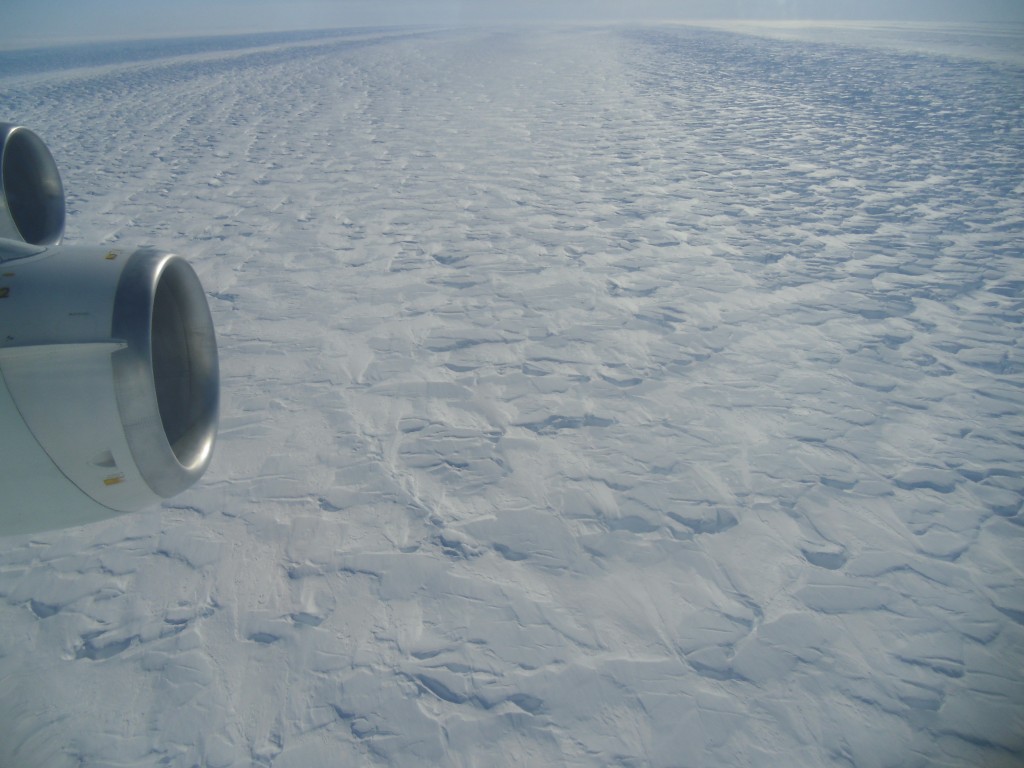
Angelika Humbert from AWI took this picture flying over the Pine Island Glacier in a NASA DC8 as part of the IceBridge campaign in 2011
Durand’s new study shows that the glacier is now flowing at a rate and in a way that makes the process irreversible. Even if the air and ocean temperatures cooled off to what they were a hundred years ago – which is in no way likely – Durand is convinced the glacier would not recover. Durand says the study should arouse concern because the glacier has passed a “tipping point”, a much discussed concept in climate science. “That means because of our behaviour, our climate is changing and will continue to change a lot. I think it is one of the first times we are passing these tipping points.”
The scientist compares the situation to that of a cyclist coming down from the top of a mountain and unable to brake: “We have to fear that the retreat will continue, that other glaciers in the region will start to do the same, and that we will have a collapse of this part of the ice shelf. That would take centuries, but it would mean a rise of several metres in sea level.”
The last report by the Intergovernmental Panel on climate Change (IPCC) warned of the implications if the glaciers of West Antarctica were to become unstable. “Here,” says Durand, “we have proof that that is already happening with this one.”
At the Arctic Frontiers conference two years back, I heard a lot of interesting discussions about climate tipping points. Professor Carlos Duarte Directorof the Oceans Institute at The University of Western Australia and Research Professor with the Spanish National Research Council (CSIC) talked to me at length about tipping points. Let me quote him briefly:
“Tipping Points – or thresholds – are levels of pressures beyond which small response of a property of interest becomes abrupt. Once a system or ecosystem or earth system crosses beyond a threshold, the changes, e.g. in the extent of ice or rate of warming, accelerate greatly, and once the threshold is crossed, it is sometimes very difficult to return to the original state even if pressure is released or reduced.”
We discussed the possible tipping points and warning signs outlined in a key piece of research by Timothy Lenton and others. Some would argue that tipping points have already been crossed in the Arctic region, which is known to be warming at least twice as fast as the rest of the earth. One of Lenton’s other key factors is the West Antarctic ice sheet becoming unstable. Now the “eternal ice” down south could be reaching a kind of “tipping point” in places. Yes, I know this only applies to a particular region of the West Antarctic, but the implications of irreversible glacier melt there are already huge. Greenland and that West Anarctic ice sheet play a key role in storing masses of fresh water, which would have huge implications if they melted. With marine glaciers, like the Pine Island Glaciers, the melt of white ice to expose more dark ocean surface underneath would further increase warming by absorbing solar heat instead of reflecting it back.
With the EU in the news today for considering moving away from binding climate targets, and little progress in sight towards an effective new climate agreement scheduled to be agreed in Paris in 2015, this all puts me in a pensive mood, as I get ready to head north and focus on the implications of the changing climate for “Humans in the Arctic”.
“On Thin Ice” at Warsaw climate talks
Did you know it was the “Day of the Cryosphere” at the Warsaw climate talks COP 19 in Warsaw yesterday? If not, you might be forgiven. I haven’t seen it making the headlines in the mainstream media. That is a pity, given that what climate change is doing to our ice, snow and permafrost has repercussions for the whole planet.
![]() read more
read more
Melting permafrost eroding Siberian coasts
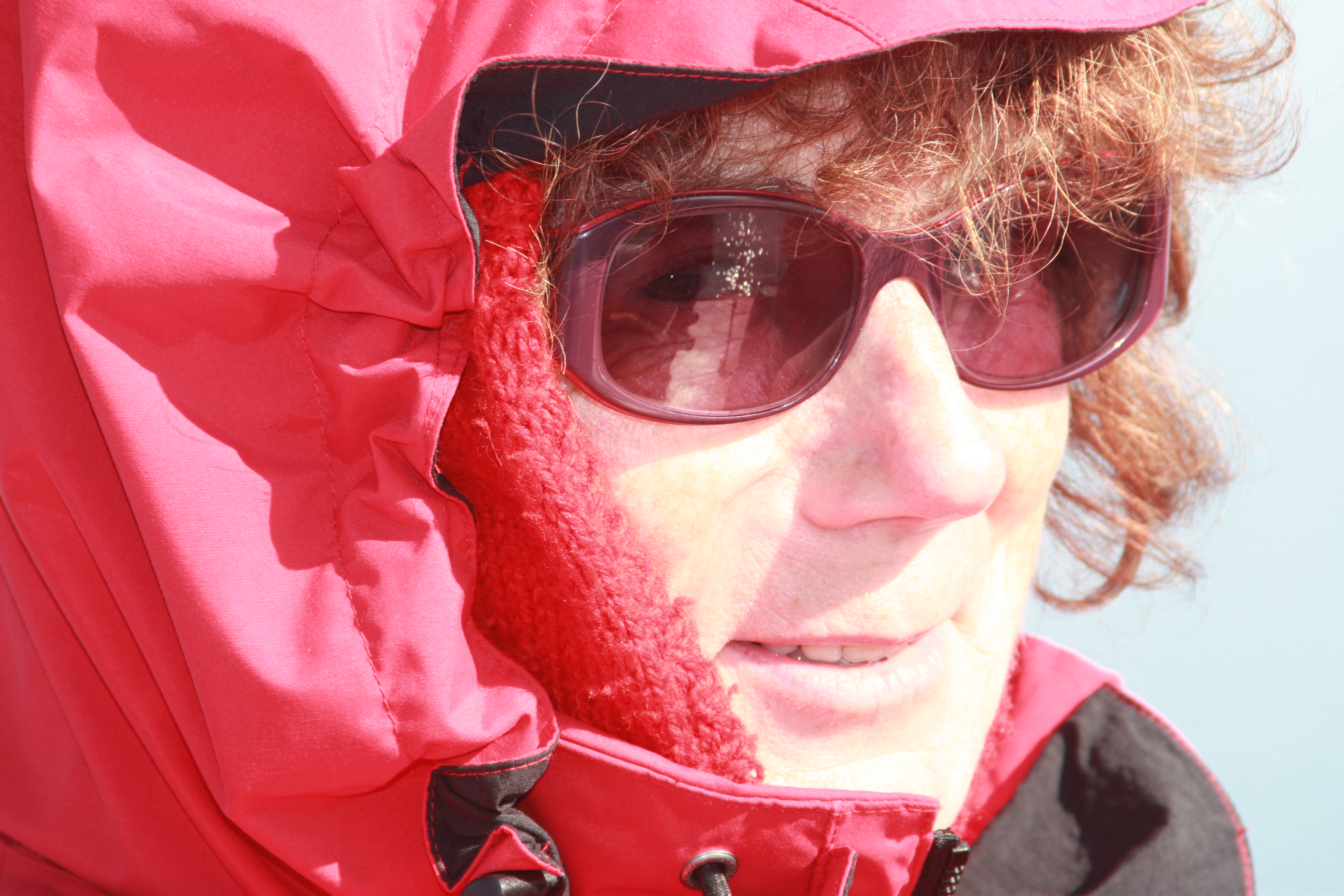 Rising summer temperatures and dwindling Arctic sea ice are eroding the cliffs of Eastern Siberia at an increasing pace. Scientists from AWI, the German Alfred Wegener Institute and the Helmholtz Centre for Polar and Marine Research have been evaluating data and aerial photographs of the coastal regions from the last 40 years. As the sea ice recedes more and more from year to year, the cliffs are being undermined by waves. At the same time, the land surface is beginning to sink.
Rising summer temperatures and dwindling Arctic sea ice are eroding the cliffs of Eastern Siberia at an increasing pace. Scientists from AWI, the German Alfred Wegener Institute and the Helmholtz Centre for Polar and Marine Research have been evaluating data and aerial photographs of the coastal regions from the last 40 years. As the sea ice recedes more and more from year to year, the cliffs are being undermined by waves. At the same time, the land surface is beginning to sink.

This graphic, courtesy of AWI, shows the interaction between permafrost melt, wave action and coastal erosion
Disappearing island
The research documents warming summers. While the temperatures during the period looked at were higher than zero degrees Celsius on an average of 110 days per year, the scientists counted a total of 127 days in the years 2010 and 2011. In 2012, the number of days with temperatures above freezing increased to 134.The number of summer days on which the sea ice in the southern Laptew Sea vanishes completely is also on the increase. “During the past two decades, there were, on average, fewer than 80 ice-free days in this region per year. During the past three years, however, we counted 96 ice-free days on average. Thus, the waves can nibble at the permafrost coasts for approximately two more weeks each year,“ says AWI permafrost researcher Paul Overduin.
Not only a problem in Siberia
Sea ice plays an important role in protecting coasts from waves. When this barrier is not there, the waves dig deep and erode land away. I saw the results of this first-hand during a trip to Barrow, Alaska, in 2008. I visited sites at Point Barrow, the northernmost point of the United States, where villages had been washed into the sea. On a trip to Greenland in 2009, I was amazed to see buildings being artificially cooled to avoid them sinking into the ground as warming temperatures melt the permafrost.
In the area of Siberia investigated by the German scientists, high cliffs protect the coastline. As the permafrost melts above and waves cut in from below, the cliffs are undermined and break off.
The erosion does not only have an impact on land. It also washes material into the sea, changing the quality of the water. Depending on the kind of erosion and the particular structure of the coast, between 88 and 800 tons of plant-, animal, and microorganism-based carbon are currently washed into the sea per year and kilometer of coastline – materials which were previously sealed in the permafrost, according to the AWI researchers. Once in the water, carbon may turn into carbon dioxide and, as a result, contribute to the acidification of the oceans.
The studies were conducted as part of the PROGRESS project which is funded by the German Federal Ministry of Education and Research. PROGRESS is the acronym for Potsdamer Forschungs- und Technologieverbund für Naturgefahren, Klimawandel und Nachhaltigkeit (Potsdam Research Cluster for Georisk Analysis, Environmental Change and Sustainability).



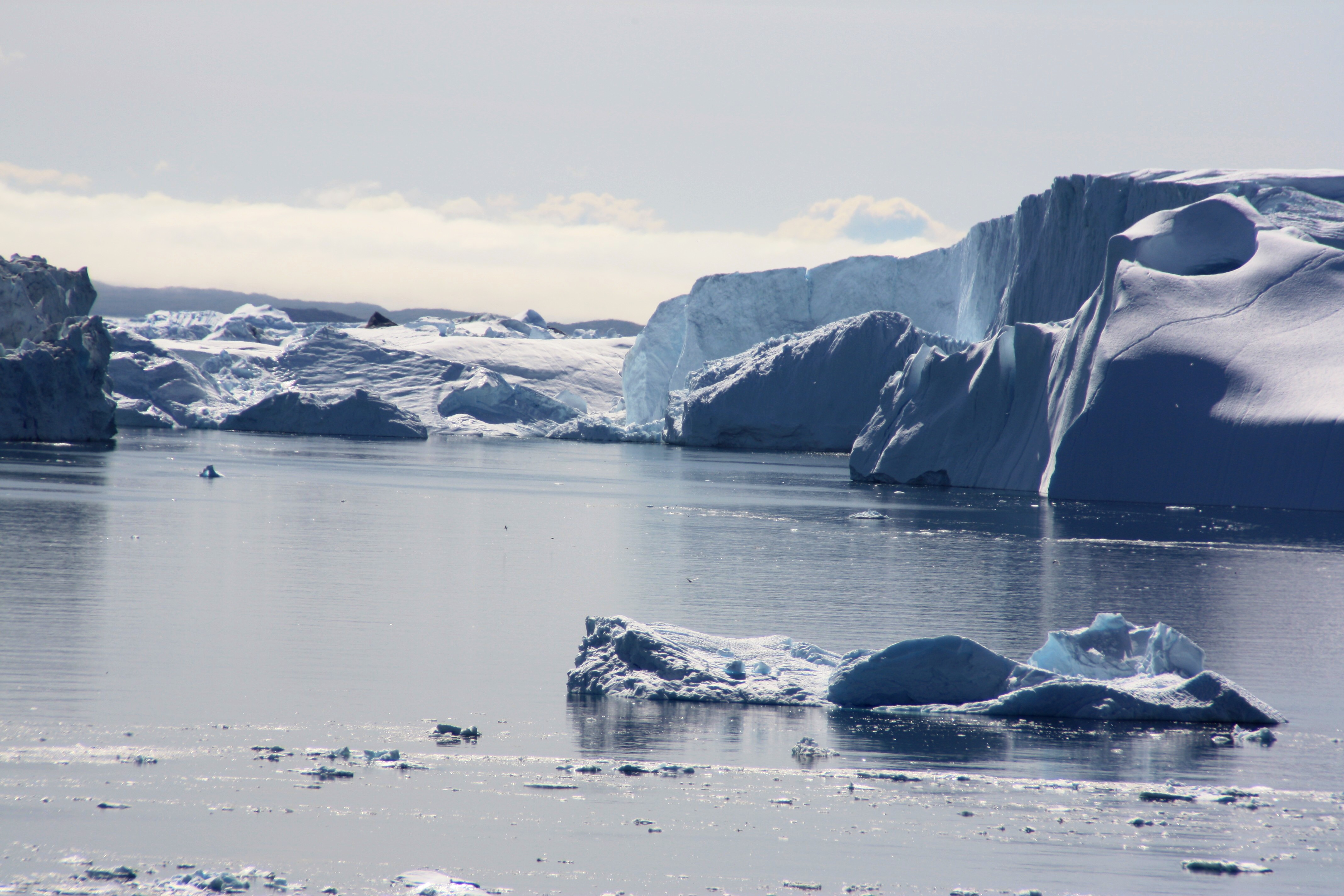
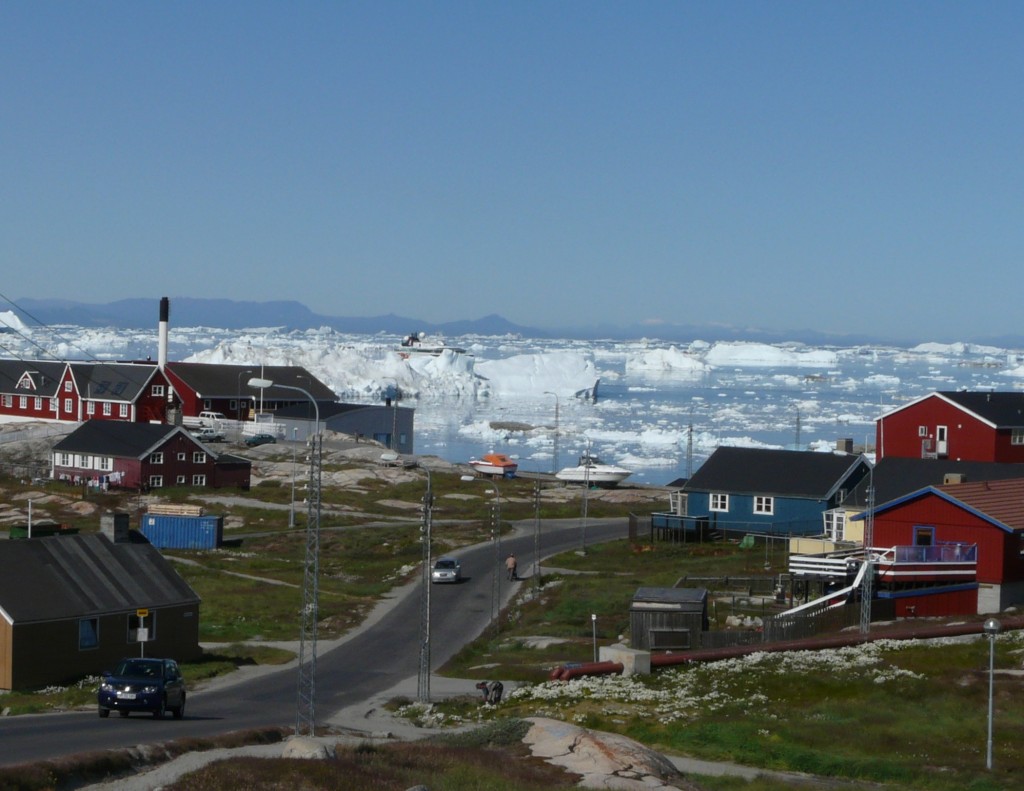
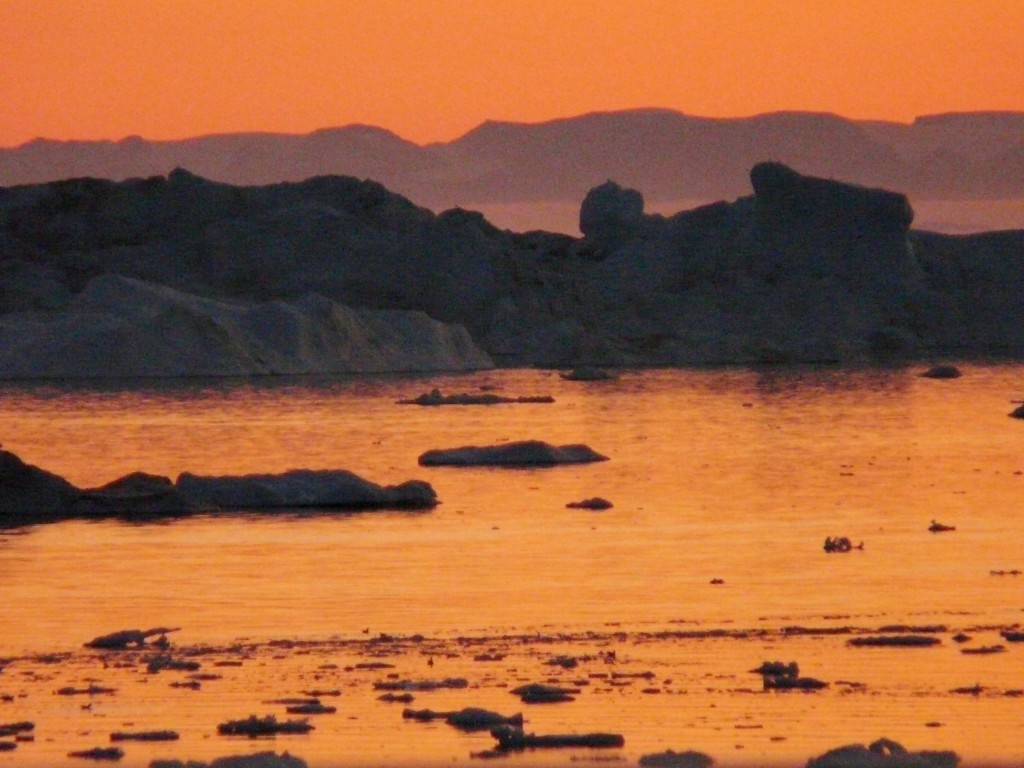





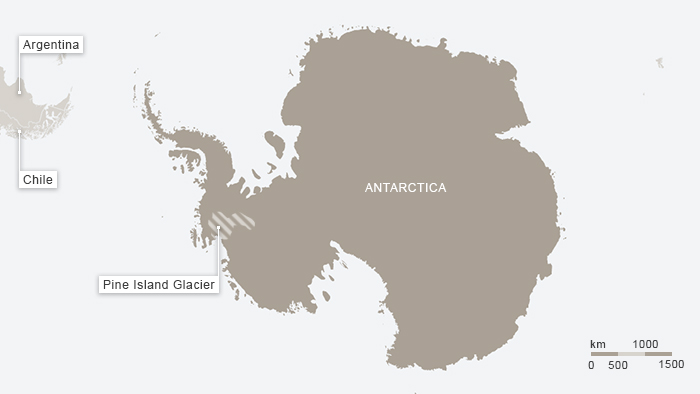
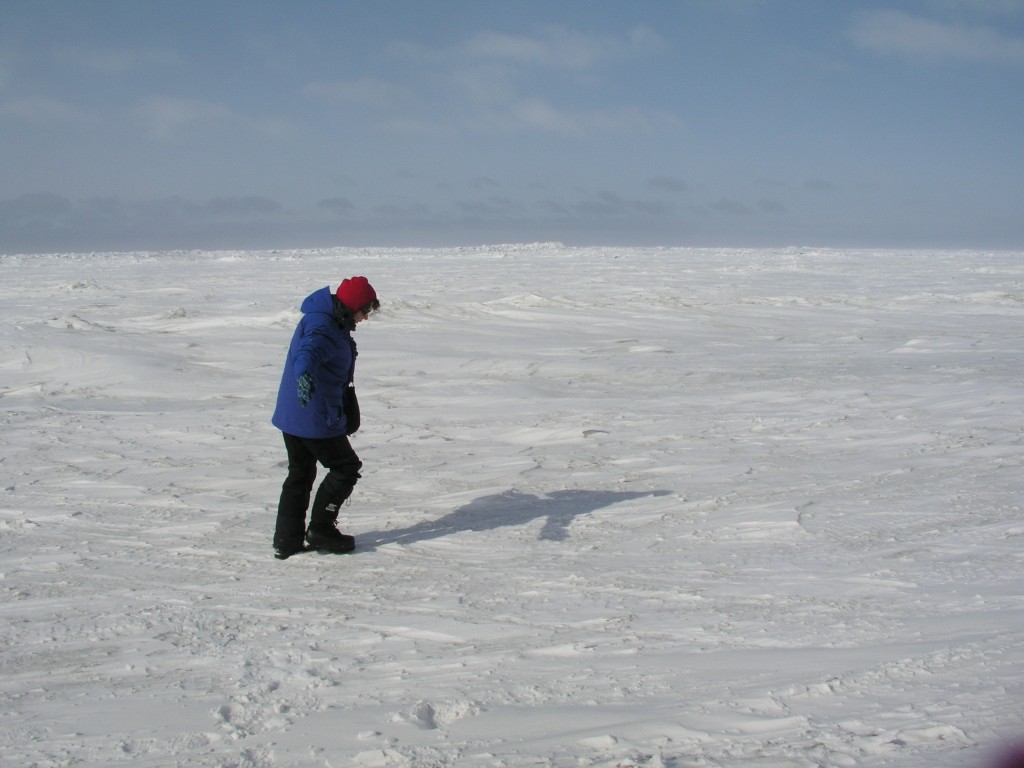
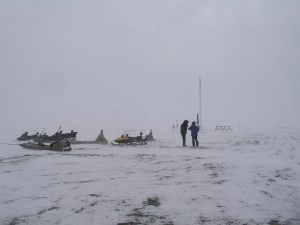
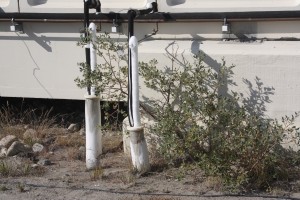
















Feedback